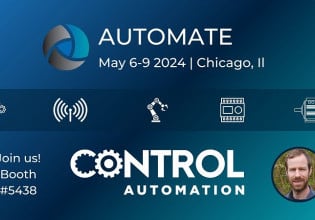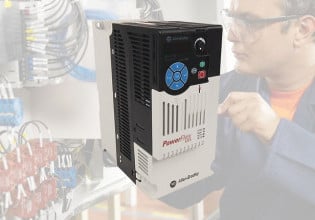E
Having difficulties to synchronize the Gas Turbine Generator (Frame 9, MK VI) with the grid. All permissives are met but the Auto synch permissive is not making -L83AS. Also, L27BN is 0 but other permissives like the HP speed signal, Generator Differential voltage are 1. Let me note here that there is actually voltage on the bus as recorded by the bus PT's.






